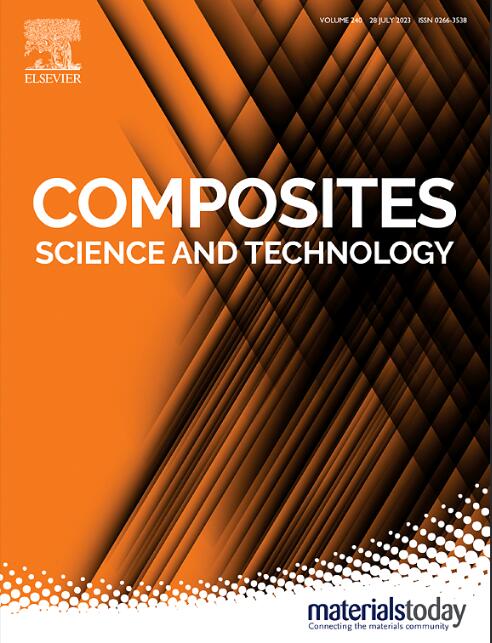Material response model with artificial neural networks for ablation analysis of lightweight silicone-modified phenolic matrix nanocomposites
IF 8.3
1区 材料科学
Q1 MATERIALS SCIENCE, COMPOSITES
引用次数: 0
Abstract
Polymer matrix thermal protection materials are developing towards lightweight, better thermal insulation and oxidation resistance to satisfy the requirements of planetary entry vehicles, which have a strong gas-solid interaction in the aerodynamic heating environment. A material response model with an artificial neural network (ANN) is developed to study the thermochemical responses of the lightweight silicone-modified phenolic matrix nanocomposites. The ANN is designed to determine the real-time dimensionless char blowing rate and wall enthalpy for the material response model. A constant offset of the dimensionless char blowing rate is added to account for the contribution of multiple constituents of the material surface to the ablation wall. The material response model is validated against three plasma heating test cases in terms of surface temperature, in-depth temperature, and recession. A three-step ablation mechanism is revealed through molecular dynamics simulations, comprising thermal decomposition of the polymer, phase separation/rearrangement, and an enhancement in crystallinity. The effect of ambient pressure on the ablation response is further investigated and found that the lower pressures can lead to higher surface material consumption and higher recession rate due to the reduced blowdown flux of pyrolysis gases.

基于人工神经网络的材料响应模型用于硅改性酚醛基纳米复合材料烧蚀分析
聚合物基热防护材料正朝着轻量化、更好的隔热和抗氧化的方向发展,以满足行星进入飞行器在气动加热环境中具有强气固相互作用的要求。建立了基于人工神经网络(ANN)的材料响应模型,研究了轻质硅改性酚醛基纳米复合材料的热化学响应。设计了人工神经网络,用于确定材料响应模型的实时无因次吹煤速率和壁焓。为了考虑材料表面的多种成分对烧蚀壁的贡献,增加了无因次烧蚀速率的恒定偏移量。材料响应模型在表面温度、深度温度和衰退三个等离子体加热测试案例中得到了验证。通过分子动力学模拟揭示了一个三步烧蚀机制,包括聚合物的热分解、相分离/重排和结晶度的增强。进一步研究了环境压力对烧蚀响应的影响,发现较低的压力会导致表面材料消耗增加,热解气体的排放通量减少,从而导致更高的衰退速率。
本文章由计算机程序翻译,如有差异,请以英文原文为准。
求助全文
约1分钟内获得全文
求助全文
来源期刊

Composites Science and Technology
工程技术-材料科学:复合
CiteScore
16.20
自引率
9.90%
发文量
611
审稿时长
33 days
期刊介绍:
Composites Science and Technology publishes refereed original articles on the fundamental and applied science of engineering composites. The focus of this journal is on polymeric matrix composites with reinforcements/fillers ranging from nano- to macro-scale. CSTE encourages manuscripts reporting unique, innovative contributions to the physics, chemistry, materials science and applied mechanics aspects of advanced composites.
Besides traditional fiber reinforced composites, novel composites with significant potential for engineering applications are encouraged.
 求助内容:
求助内容: 应助结果提醒方式:
应助结果提醒方式:


